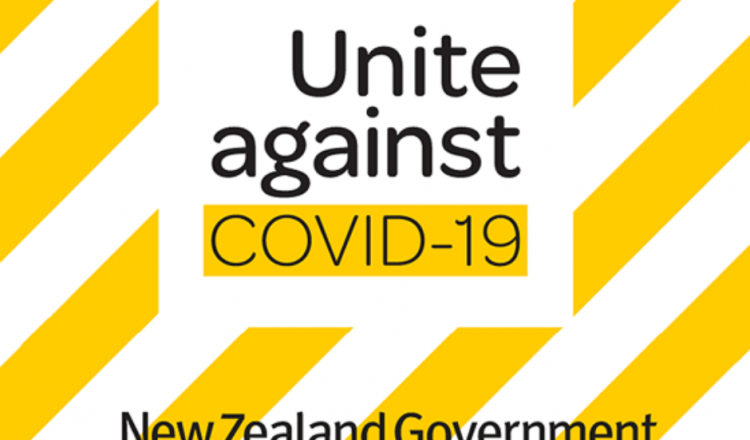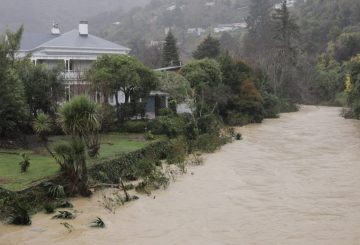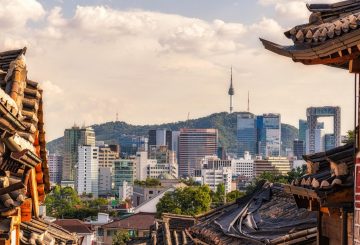感染者の増加
ニュージーランドのジャシンダ・アーダーン首相は、2021年8月18日(水)午後1時の記者会見で、「我々は絶対に患者が増えると予想しています」と発表しました。
保健省の担当者は、コロナのデルタ変異株の感染者数が120人に達すると予想しています。
保健省のアシュリー・ブルームフィールド長官は、さらに2名の感染者が確認され、合計で7名の感染者が確認されたことを発表しました。
感染者の多くは20代の人です。
そのうち1名はオークランドのアボンデールカレッジの教師でした。
「カレッジのスタッフと学生は全員、濃厚接触者とみなされ、14日間、自宅で自主隔離しなければなりません。ニュージーランドの国家警戒レベルが現在のレベル4から変更になっても、14日間の完全な自己隔離を行う必要があります」とブルームフィールド氏は述べています。
ブルームフィールド氏はさらに、ゲノム解析の結果、今回の集団感染は新しいデルタ株であることが確認され、オーストラリアのニューサウスウェールズ州で発生したことを伝えました。
ブルームフィールド氏は、「特に年齢層や人口構成から、より多くの感染者が出ることが予想されます」と述べています。
感染者の中には、混雑したバーやその他の「ハイリスクな場所」を訪れた可能性のある人々も含まれています。
マスクの義務化について
8月18日(水)午後11時50分より、12歳以上の人が商店、ガソリンスタンド、薬局、その他の重要なサービスを受ける際には、マスクの着用が義務づけられます。
また、これらの場所で働くスタッフにもマスクの着用が求められます。
バスターミナルやタクシーでもマスクの着用が義務付けられます。
警察は、新しい警戒レベル4のルールに基づき、マスクを着用していない人に違反行為を発令ことができます。
理論的には、警察はマスクを着用しない人を逮捕することも可能ですが、これは最後の手段と考えられています。
ワクチン接種の再開について
8月19日(木)午前8時からすべての予防接種会場が再開されますが、限定された予防接種会場は本日中に再開される予定です。
「予約が変更になった場合は、その旨をお知らせします。それ以外の方で、3日以内にワクチンの予約をしていて、何も連絡がない場合は、行ってください」と首相は述べました。
40歳以上の方は、本日よりワクチンのオンライン予約が可能となりました。
ワクチンを接種していれば、Covid-19によって病気になったり死亡したりする可能性は「はるかに低い」とアーダン首相は述べています。しかし、それでも数人は感染してしまうとのことです。






























































